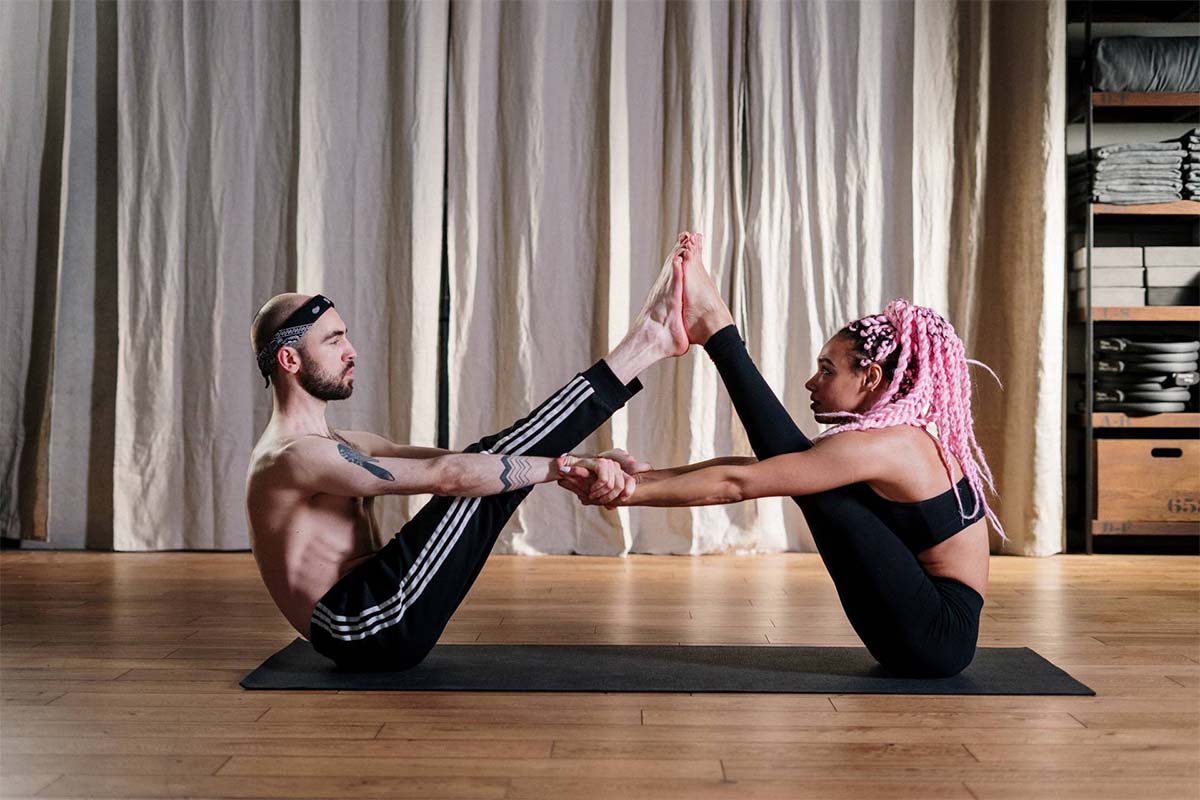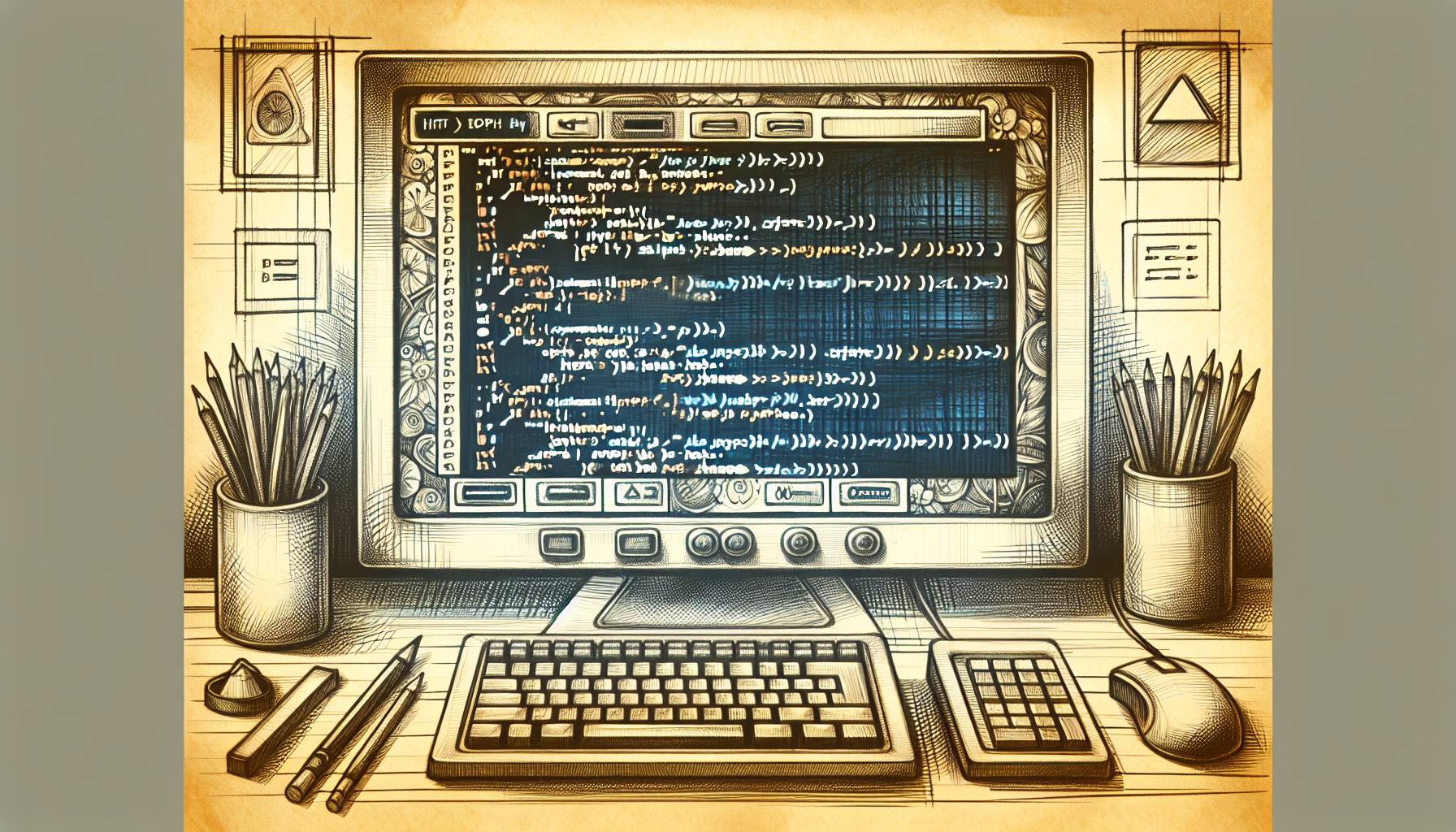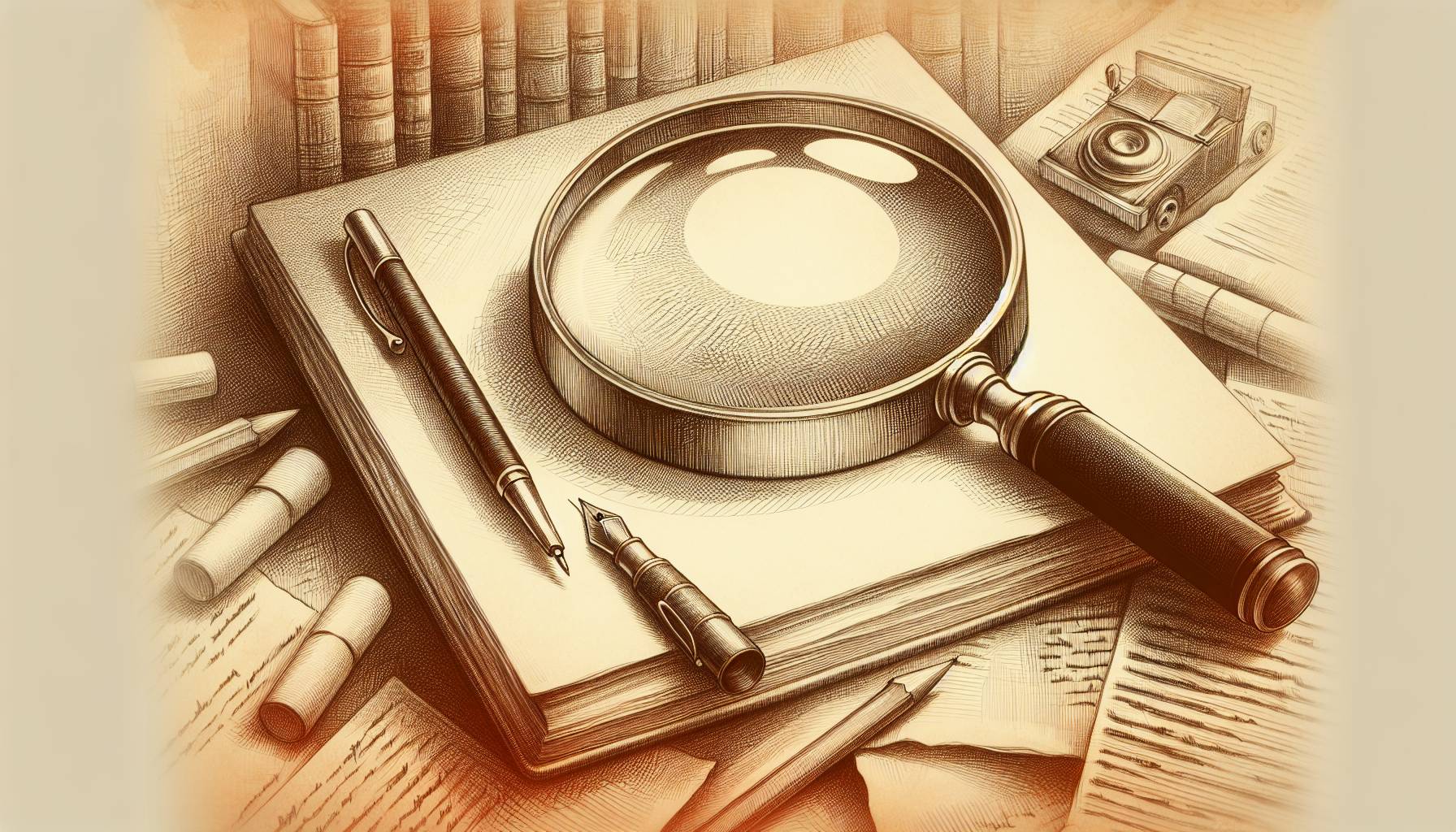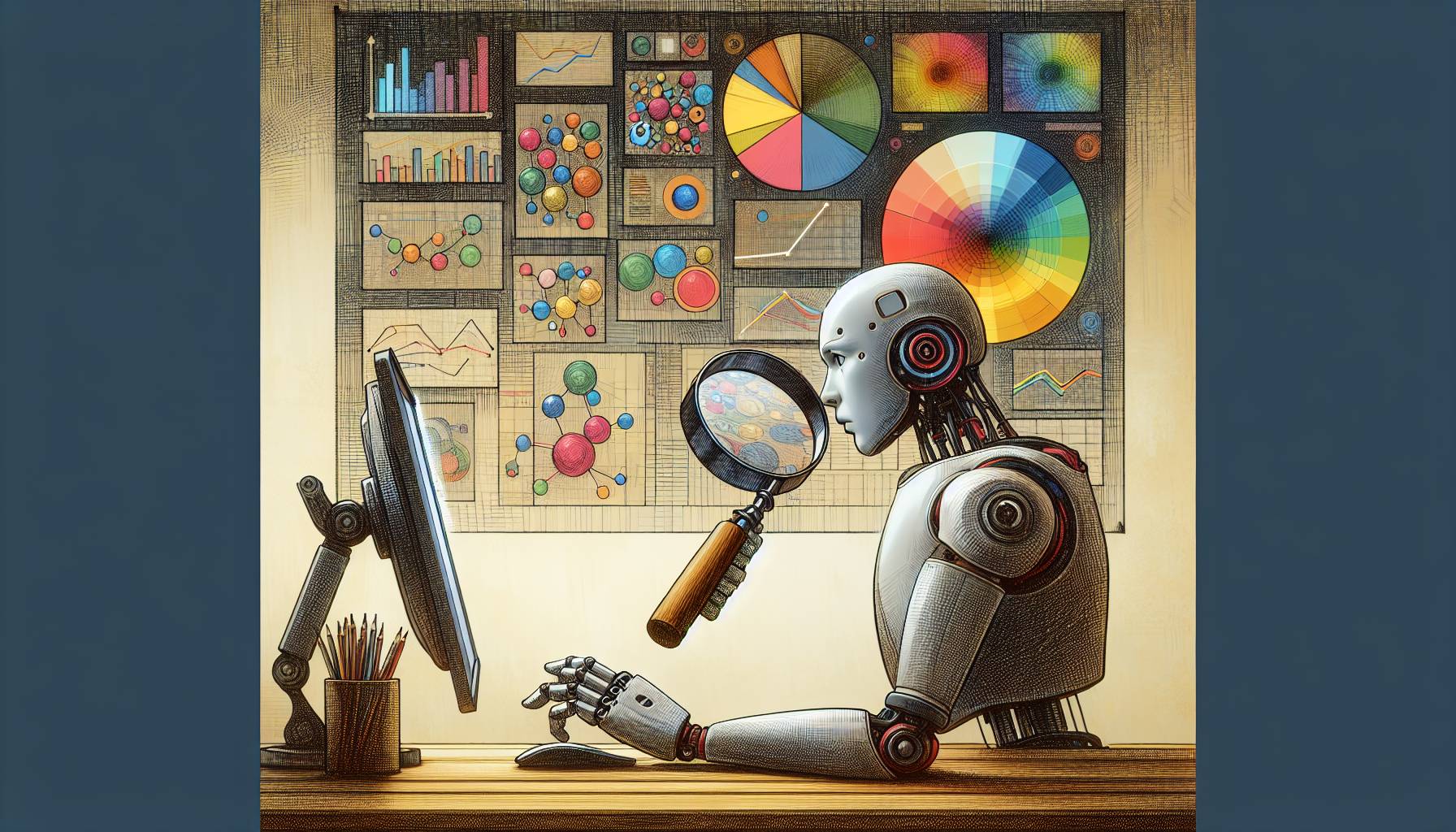Mindfulness is quieting the mind and focusing on what is in front of us. Technology is now being used to improve awareness and well-being.
How can we use technology to improve mindfulness? The focus of attention might be on the breath or body postures. In addition, it might be on activities such as walking, jogging, or exercising, as well as daily tasks such as dishwashing.
The essential aim is to keep the mind focused on the present moment. In addition, it’s to keep the mind from wandering or becoming sidetracked by a series of thoughts. This can be done as a seated meditation at specific periods of the day. Additionally, it can be done in smaller pieces throughout the day.
Mindfulness has been demonstrated to be therapeutic and beneficial. It’s currently in use in the treatment of a wide range of mental and physical illnesses. Mindfulness-based stress reduction (MBSR) is a structured course of a few weeks. It helps a variety of people in hospitals and other settings.
Furthermore, mindfulness has other advantages. It facilitates focus, productivity, and a greater sense of well-being and enjoyment. Technology can also be used to improve our awareness and well-being throughout the day. The following are some of the ways technology is being used to aid mindfulness.
1. Use mindfulness apps to help with meditation.
The Google Play Store and Apple App Store both provide a variety of useful mindfulness and meditation apps. These can assist us in practicing mindfulness meditation. Calm, insight timer, the mindfulness app, stop breathe and think, headspace, buddhify, and more apps are examples.
However, if you download too many mindfulness apps, it might become a problem! So we should try them out. Pick a few — maximum 4 or 5 — that you like the best and then uninstall the others.
2. Use the mindfulness bell.
A famous Vietnamese teacher named Thich Nhat Hanh popularized the concept of using a mindfulness bell. He uses it to wake us up to the present moment.
Some apps and websites (such as awakeningbell.org or the Chrome addon Bell of Mindfulness) will sound a bell or gong at the time intervals we set. A bell such as this might be used as a reminder to bring our minds back to the present moment.
Mindfulness coloring apps are an example of creativity-enhancing apps. Focus on coloring. Refrain from distracting thoughts. In this way, when we are using coloring apps, we can practice mindfulness.
3. Try a mindfulness-improving game.
Some computer games can help you become more aware. Meditate Focus Relax, for example, is a game accessible on Steam and other gaming platforms. Other examples are the PS4 game Flow and mobile (Android/iOS) games Forest and PAUSE.
4. Use gadgets and wearables to be more aware.
There are a variety of gadgets and wearables that can assist us in bettering our meditation. In addition, they can help us in becoming more mindful. EEG headsets such as Neurosky and Muse headbands are examples. These headsets use electroencephalography or EEG to create a feedback loop. This can help us recognize how relaxed we really are while meditating.
Other devices track our pulse rate and breathing patterns. This allows us to determine how relaxed or agitated we are throughout the day. Spire Stone is an example of such an app.
Additionally, most fitness trackers and smartwatches include a heart rate and breath tracking feature. We may use this to keep track of our breath rate and heart rate. In addition, it will count how many steps we took, and so on.
5. Set other mindfulness reminders.
We can use software such as Outlook or task scheduler on Windows to set reminders. In addition, we can use dedicated apps to set frequent reminders to be attentive. They can remind us of our breathing, posture, or taking a break on our computer or mobile phone. Bell of Mindfulness and StayFocusd are two browser addons that can aid with this.
Furthermore, we can change the wallpaper and screensaver on our computers. We can put up anything that encourages us to stay mindful. All of these signals can help bring our minds back to the present moment.
6. Listen to mindfulness sounds and music.
This can be as simple as including some noises that help us be in the present moment in nature. It might be sounds such as rain, waves, birds chirping, and so on.
Put them on our playlist to enhance mindfulness and bring a sense of the peacefulness of the outdoors. Some people benefit from mindfulness-enhancing music. This includes music such as binaural beats or chanting sounds. Still others prefer classical music, such as Mozart, classical Hindustani, or classical Chinese music.
Conclusion
We may nurture mindfulness as a skill and use it to improve our well-being by using some of these methods. Take a closer look at your tech to see what’s already available!













